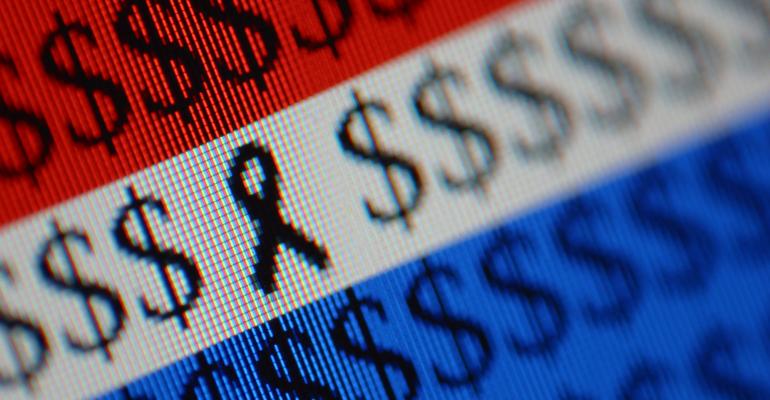Thanks to the Coronavirus Aid, Relief, and Economic Security Act, businesses have more tax incentives to make charitable gifts. Here are some of the changes:
Cash Gifts
For cash gifts by corporations, the charitable deduction ceiling is increased from 10% to 25% of taxable income. The increased ceiling is for 2020 only and must be elected. Presumably, the Internal Revenue Service will issue guidance.
Food Inventory Gifts
For food inventory gifts by corporations—the ceiling is increased from 15% to 25% in 2020. The deduction for contributions of inventory generally is limited to the donor’s basis (typically, cost) in the inventory or fair market value (FMV), whichever is lower.
Exception. Qualifying C corporations (C-corps) can claim an enhanced deduction for the lesser of: (1) basis plus one-half of the item’s appreciation (that is, basis plus one-half of FMV in excess of basis); or (2) two times basis. Any taxpayer engaged in trade or business, whether or not a C-corp, is eligible to claim the enhanced deduction for donations of food inventory. Before 2020, the deductibility ceiling was 15% of taxable income or, for any other qualified trade or business, 15% of the taxpayer’s net income. In 2020, these 15% limitations are raised to 25%.
Deductibility requirements. The deductibility requirements before 2020 (and presumably, during 2020) are:
Eligibility for enhanced deduction. The contributed food must qualify as “apparently wholesome food.” The contributed property must be inventory contributed to an Internal Revenue Code Section 501(c)(3) charity (except for private nonoperating foundations), and the donee must: (1) use the property consistent with the donee’s exempt purpose solely for the care of the ill, the needy or minors, (2) not transfer the property in exchange for money, other property or services, and (3) provide the taxpayer with a written statement that the donee’s use of the property will be consistent with those requirements. For contributed property subject to the Federal Food, Drug and Cosmetic Act, the property must satisfy the applicable requirements of the act on the date of transfer and for 180 days before the transfer.
Cost-of-goods-sold adjustment. A donor making an inventory contribution makes a corresponding adjustment to the cost of goods sold by decreasing that cost by the lesser of the FMV of the property or the donor’s basis in the inventory. Thus, if the allowable charitable deduction for inventory is the FMV of the inventory, the donor reduces its cost of goods sold by that value. Bottom line. The difference between the FMV and the donor's basis may still be recovered by the donor other than as a charitable contribution.
FMV requirement. To get the enhanced deduction, the taxpayer must establish that the FMV of the donated item exceeds basis. The valuation of food inventory has been the subject of disputes between taxpayers and the IRS. For example, in Lucky Stores Inc., 105 T. C. 420 (1995), the Tax Court held that the value of donated surplus bread inventory was the bread’s full retail price rather than half the retail price, as the IRS asserted.
Apparently wholesome food—definition. Food intended for human consumption that meets all quality and labeling standards imposed by federal, state and local laws and regulations even though the food may not be readily marketable due to appearance, age, freshness, grade, size, surplus, etc.
And that dear readers, is the news from Lake Taxbegone.
© Conrad Teitell 2020. This isn’t intended as legal, tax, financial or other advice. So check with your advisor on how the rules apply to you.





